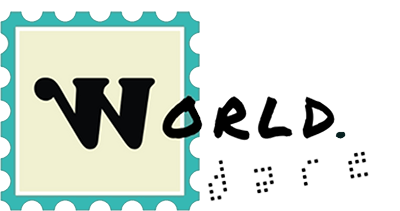
BORA BORA, French Polynesia
30.55 km² ; Peak Season→ May - October
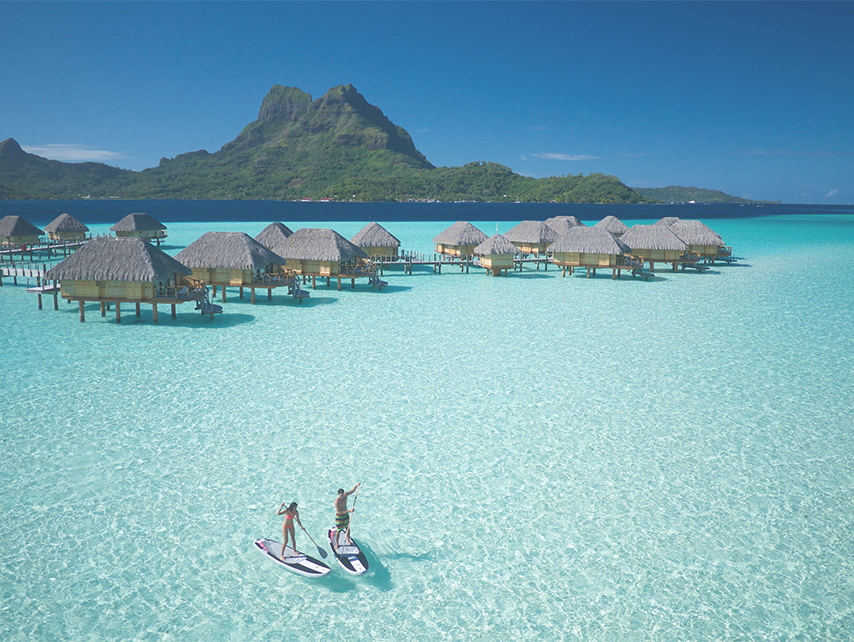
Coral reefs shape of a heart.. is it not romantic? as well as dark pearls, pristine beaches with its unforgettable sunsets! No wonder many luxury resorts trying to match that place
Romantic Island group in the Leeward Islands – approx. 265 km northwest of Tahiti.
In the central South Pacific Ocean – halfway between South America and Australia
Honeymoon Destination
Coral reef of a heart shape
Scuba diving, snorkeling, surfing (two spots), jet skiing and swimming
Forests and Islets around
Amazing white beaches
Luxury hotels /resorts
Budget-friendly vacation is possible
Tattoos art
Hollywood destination
Volcano made in two peaks – Mount Pahia and Mount Otemanu
No poisonous snakes or insects
Have small islets around
Dark pearls
With The Islands of Tahiti belong to one group of islands
Languages: French and Tahitian; English (widely used)
Better prices: November and April
MOOREA ISLAND, French Polynesia
134 km²; Peak Season→June - August
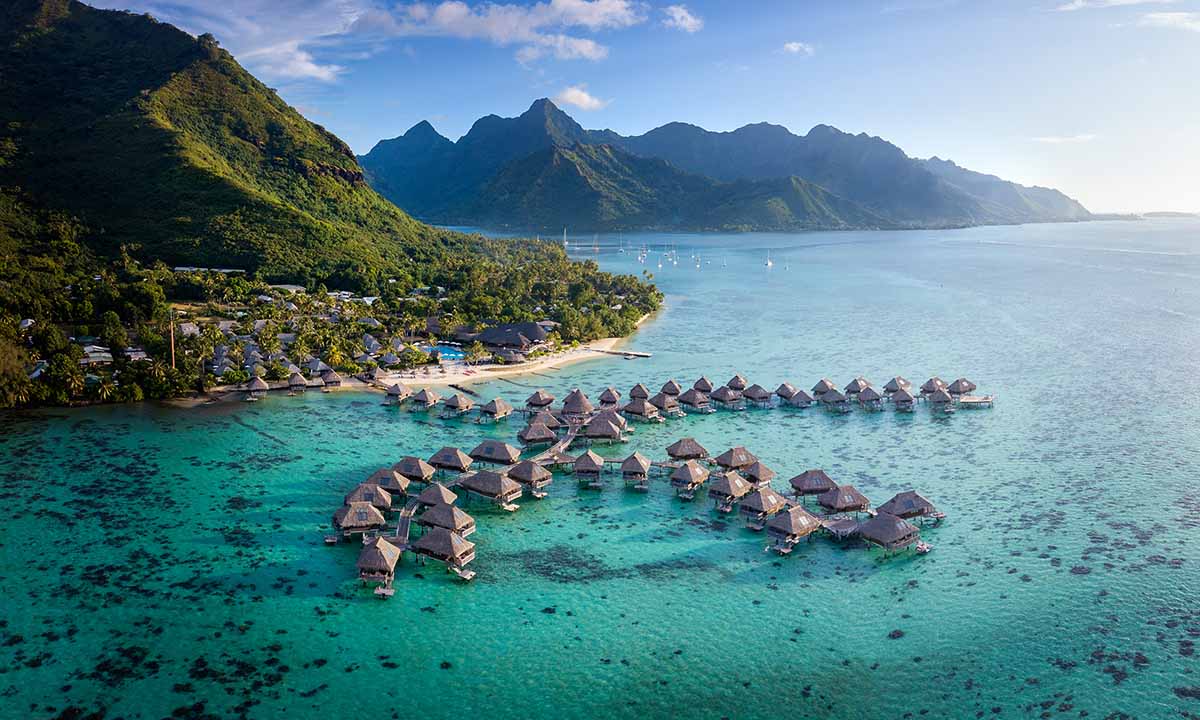
Another heart-shaped form but for this time its the whole Island! Another credit adds in for its 8 mountain peaks and turquoise lagoon…
In the central South Pacific Ocean
Included in French Polynesia’s Society Islands archipelago
Destination for couples and families – approx. 18 km (11 miles) northwest of the island Tahiti
Honeymoon destination
Internationally branded resorts
Hiking trails of Mount Tohivea through rainforest
Gorgeous turquoise lagoon
8 dramatic mountain peaks
Heart-shaped form
Easily accessible by ferry or plane from Papeete
Languages: French and Tahitian; English (widely used)
Good to visit: May and September-October
COOK ISLAND
236.7 km²; Peak season→ June - August
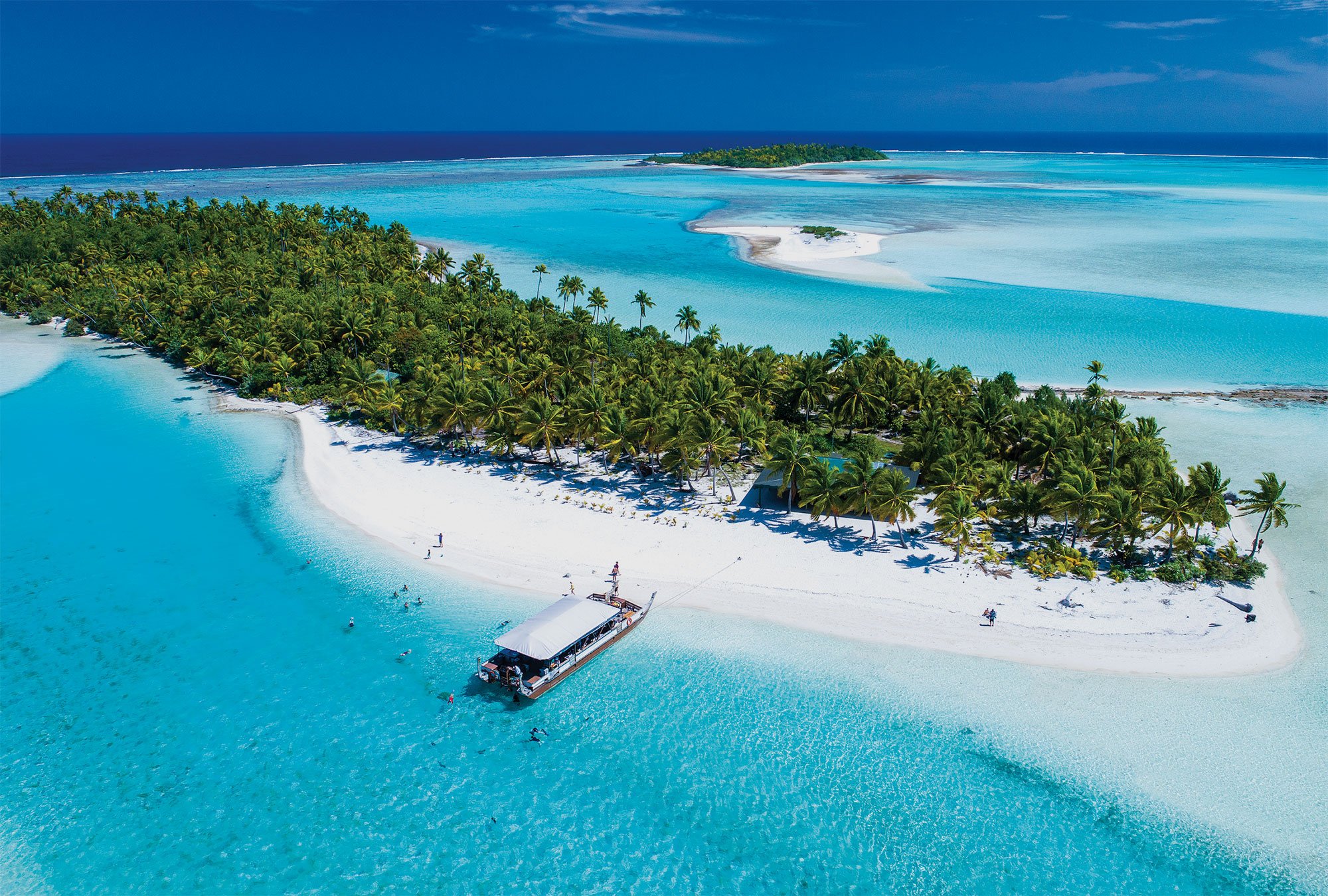
Not an easy cookie…once reached will impress with untouched landscape, deserted beaches of 15 islands! Best place for snorkeling,, scuba diving, and to feel superior if you are tall as the palm trees
World’s one of the untouched places
Island country in the South Pacific Ocean – 4,750 km from Australia’s east coast and about 3,820 km from New Zealand
Made of 15 islands that are spread over a vast area
Deserted beaches, coral reefs
Limestone caves
Surfing is possible and more for experienced surfers
Snorkeling and scuba-diving destination
Self-governing island country with political links to New Zealand
Was once belong to New Zealand
Rarotonga – the largest island that have rugged mountains and Avarua, the national capital
No building can be taller than the palm trees
Quite affordable
Languages; Rarotongan and English
Good time to visit:April-Novembe
TAHITI, French Polynesia
1,045 km²; Peak season→ June - August
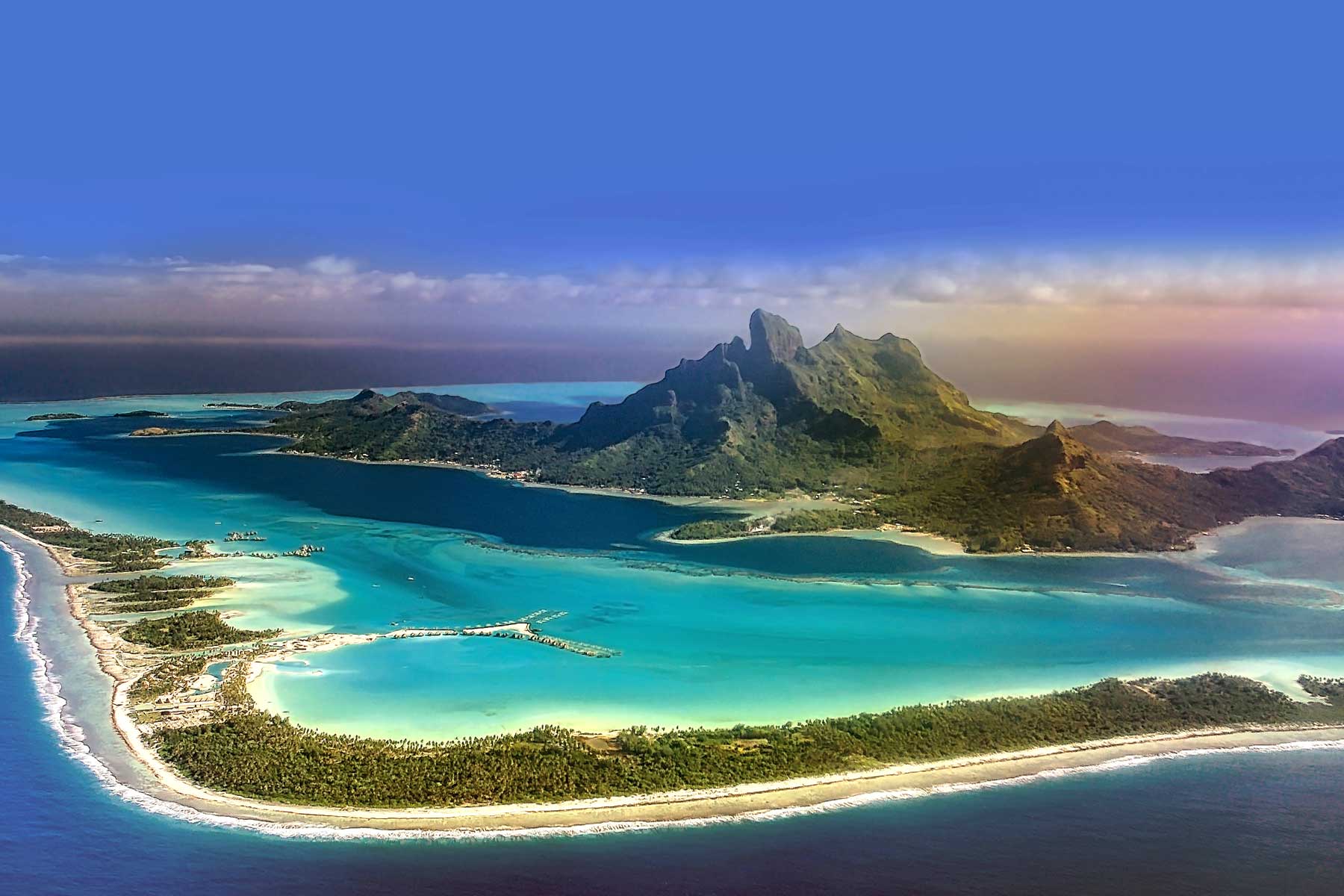
A trophy WINNER for the largest Island in French Polynesia! Infinity shape of an Island give it enough space for 2 volcanos, fine lagoons, waterfalls, and black-sand beaches….
In the southern part of the Pacific Ocean, South Pacific archipelago that placed halfway between Los Angeles, California and Sydney, Australia
French Polynesia’s largest Island
Popular vacation destination
Black-sand beaches
Lagoons and waterfalls
Diving, surfing, and land tours
2 inactive volcanoes
Shaped like a figure-8
Economic, cultural, and political centre
Culture of javelin throwing, surf riding, canoe races and stone lifting
Languages: French and Tahitian; English (widely used)
Good to visit: March-May, September-October
MAUI, Hawaii (USA)
1,884 km² ; Peak Season→June-September
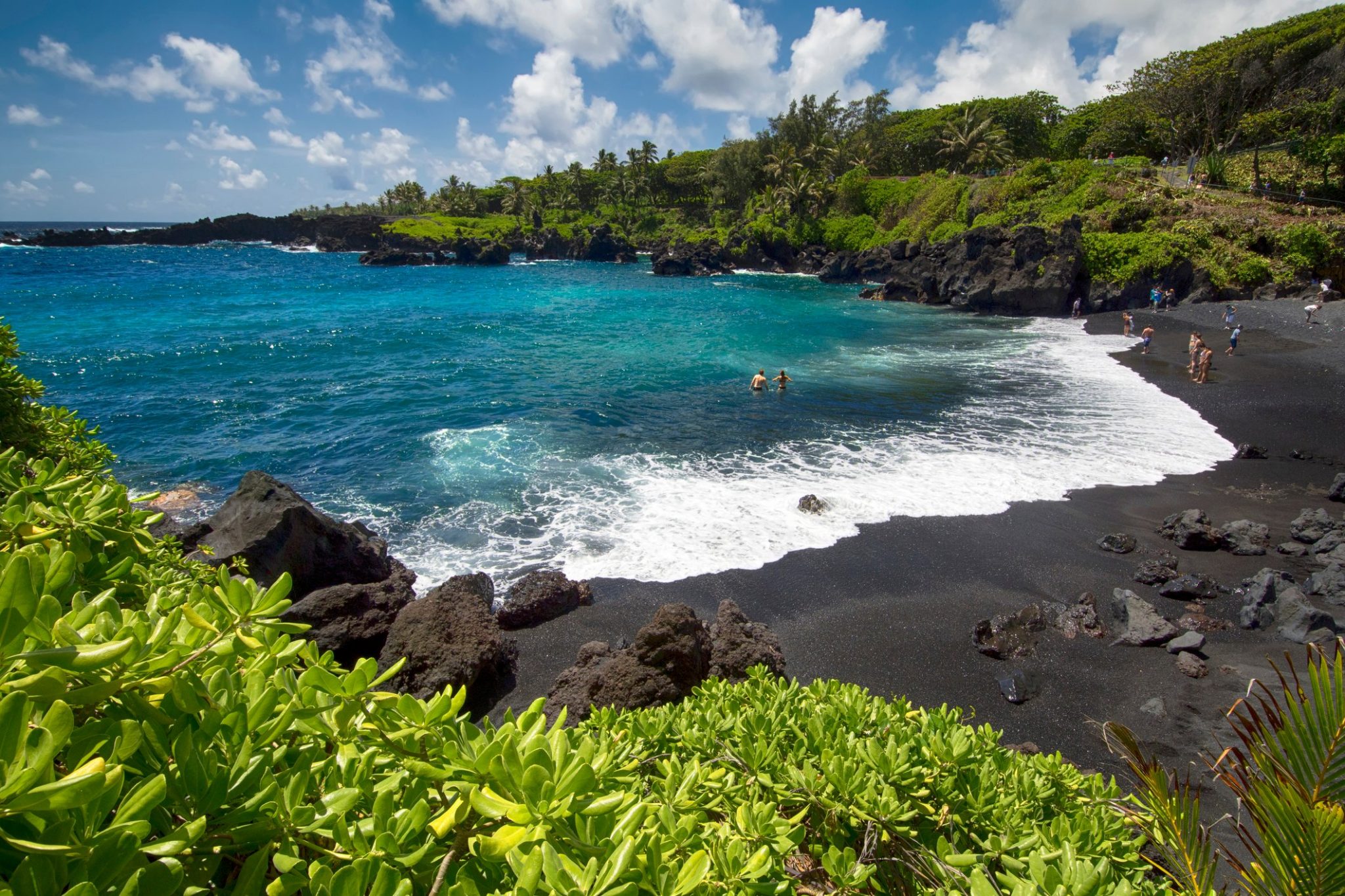
Aloha to 2nd largest Island of Hawaii. ‘The Valley Isle’ has the world-famous beaches, exceptional surfing spots, and Haleakala’s magnificent sunrise and sunset.
Part of the Hawaiian archipelago – located in the middle of the Pacific Ocean (the north half)
Great summery weather through most of the year
About 50 km (30 miles) of world- class beaches
Jaws and Honolua Bay are famous spots for surfing
Offer some biggest surfable waves worldwide
Glamorous destination since 1960
Spotting migrating humpback whales (during winter months – November – February)
Farm-to-table cuisine
Second largest Hawaiian island
Island’s highest peak –Volcano Haleakala
Golden-crescent Kapalua Bay beach (lava-rock outcroppings)
Have pools and waterfalls of Ohe’o Gulch
Languages: English and Hawaiian
Good to visit: April- May/September-November
FIJI
18,333 km²; Peak Season→July - September, December
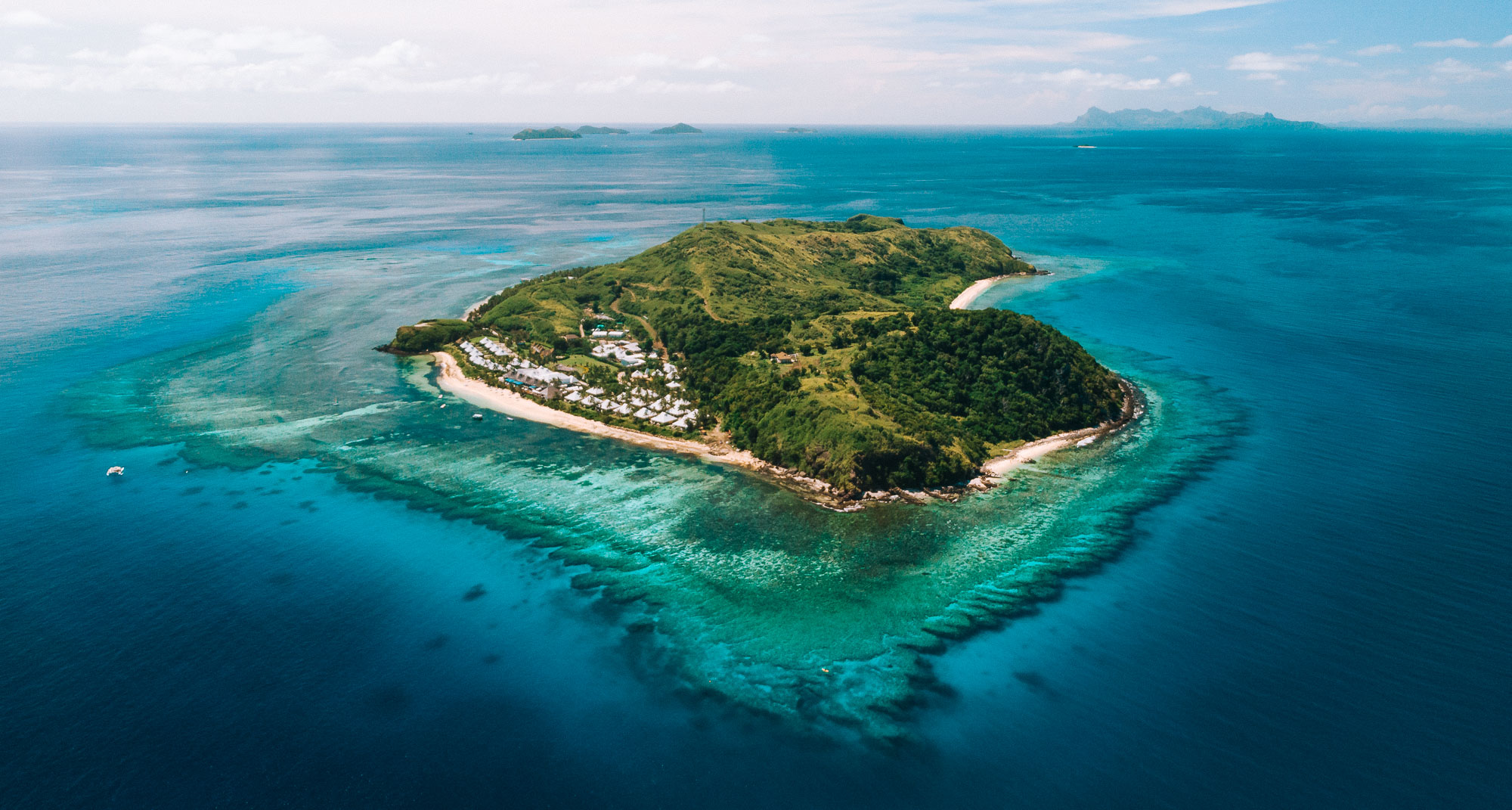
Cannibals lived here…were they eaten by the new inhabitants or that crystal clear lagoons, palm-line beaches, soft coral formations, and more that 1000 species of fish are scared them off?
Island country in the South Pacific, 1,770 km (1,100 miles) on the south form the Island is New Zealand
An archipelago of about 333 islands and more than 520 islets
Palm-lined beaches
Ideal soft coral formations
Clear lagoons
Very welcoming inhabitants
Tropical attractions
Snorkeling and diving with 1,000 species of fish and corals
Family destination
Delicious seafood– Kokoda (dish made of Mahi-mahi fish)
Warm weather all year round
Commonwealth nation
Gift-giving culture
Originally known as the Cannibal Islands
Only 100 out of 333 islands are inhabited by the 870,000 people
522 small islets
Viti Levu-largest island( 10,468km²)
Surfing is possible all year especially on Tavarua- private island, surf’s spot
Languages: Fijian, English and Fiji Hindi
Good to visit: October – November
HAWAI, USA
28,311 km² ; Peak Season→ December - March
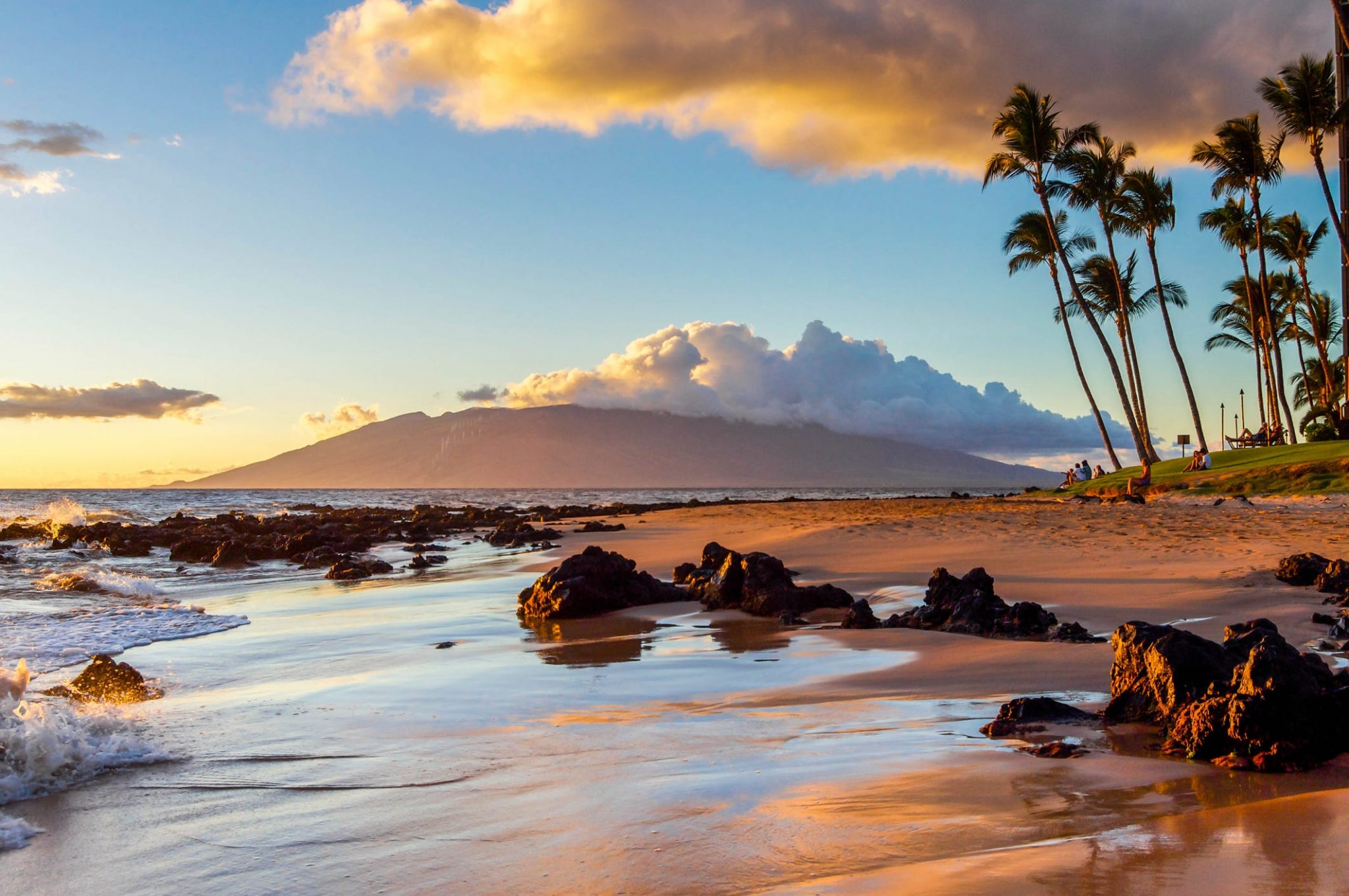
Where surfing went viral and is a part of the religion. The largest volcano on Earth along with pristine beaches will leave you breathless! Learn how to say the word ‘Aloha’ and you good to go…
Approx. 2,400 miles from the USA -the closest land
The only state that has two official languages (Olelo Hawai’i and English) and located outside North America
Own time zone ( 3 hours behind Los Angeles and 6 hours behind New York)
White sand beaches
6 major islands to go to :Kauai, Oahu, Molokai, Lanai, Maui, and Hawaii itself
The world’s largest Wind Turbine in Oahu
No Racial on Ethnic majorities
Birthplace of modern surfing!
North Shore Oahu waves top destination for surfing
Honeymoon destination
Outdoor sports-hiking, biking, kayaking, sailing, swimming, surfing, diving ,etc.
Formed by series of active volcanoes
Maui’s Mount Haleakala -the world’s largest volcano
Mauna Kea and Mauna Loa -2 giant volcanoes that cut the island in two
Some shores have green, red, pink, and black sand
Strategically important place for defence system of the United States
Most isolated population centre in Pacific ocean
Languages: English and Hawaiian
Better prices :August-October
TASMANIA, Australia
68,401 km²; Peak season→ December - February
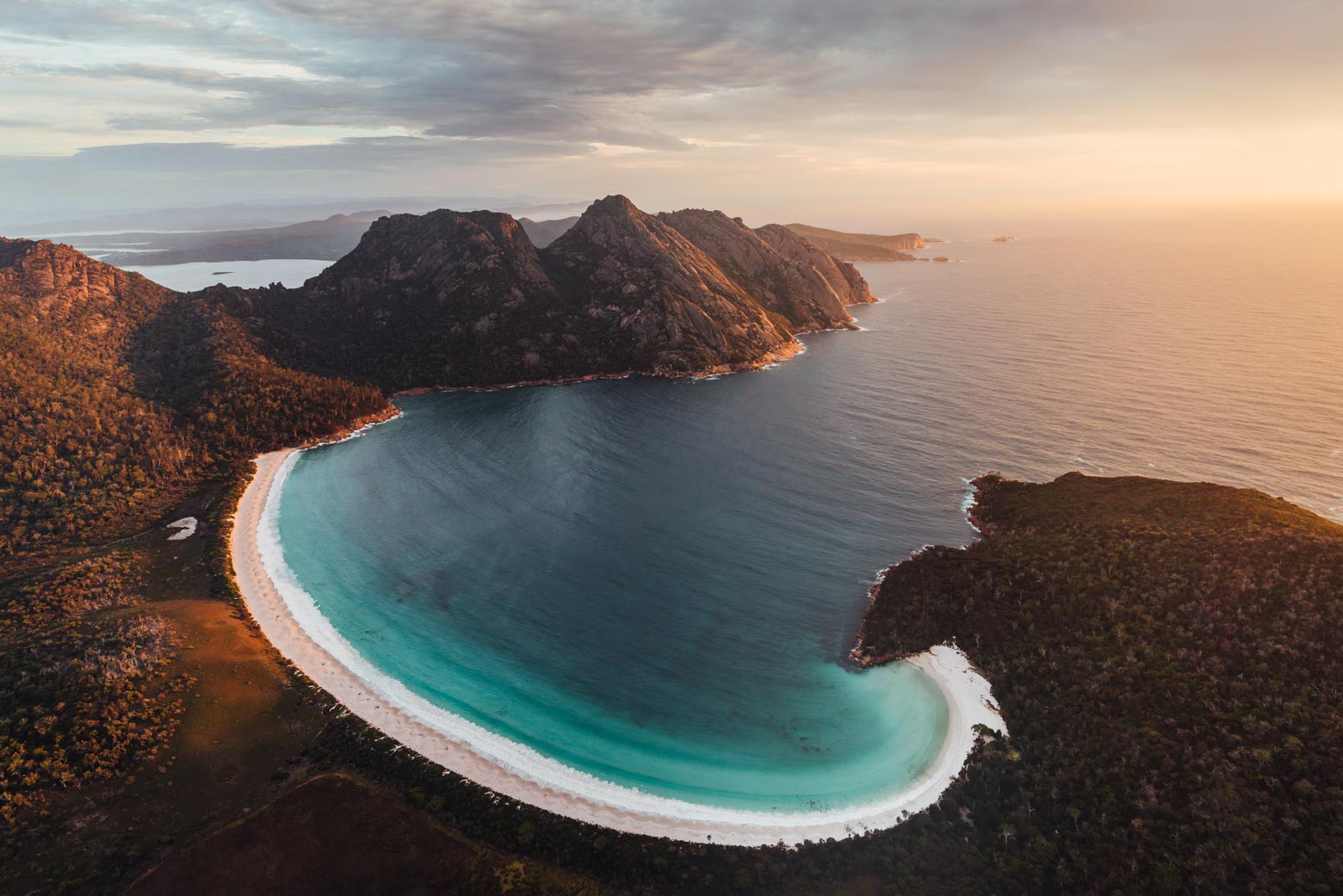
Paradise with the cleanest air on Earth. So keep the air clean – stay away!…but if you dare to step on that land then watch out, eyes might be popping out of your head with astonishment when seeing this Island
Apparently the world’s cleanest air is here!
Is the Australia’s state that is 240 km to the south of Australia mainland
Paradise Island –natural beauty of impressive mountains ,lavish greenery, and cascading waterfalls
Southern Aurora Australis (May-September)
Amazingly unreal sea sparkle!
Tassie Devils
Shipstern Bluff – big-wave surfing destination (wave of 10 m/ 32 ft)
Cradle Mountain ,Russel Falls, Montezuma Falls
Blow Hole and Tasman Arch
“Three Capes Track”– Tasmania’s walks
Gordon River cruise ,Wineglass bay
Slide through the forest…
Mountain bike trails – Blue Derby
Most scenic golf courses in Barnbougle Lost Farm
Tasman peninsula
40 %of the Island is protected World Heritage wilderness, national parks and reserves
The West Coast Wilderness Railway
Freycinet National Park
Mount Wellington observation deck
Royal Tasmanian Botanical Gardens
Scenic bathtub
Massive lavender fields in the North – bloom in February
Bloomin’ Tulips festival in October
Saffire Freycinet- The world’s best boutique hotel
Pumphouse point hotel
Port Arthus Night Ghost tour
Languages: English
Good to visit: March -April , and June -September (for snow)
NEW ZEALAND
268,021 km²; Peak season→ November - March
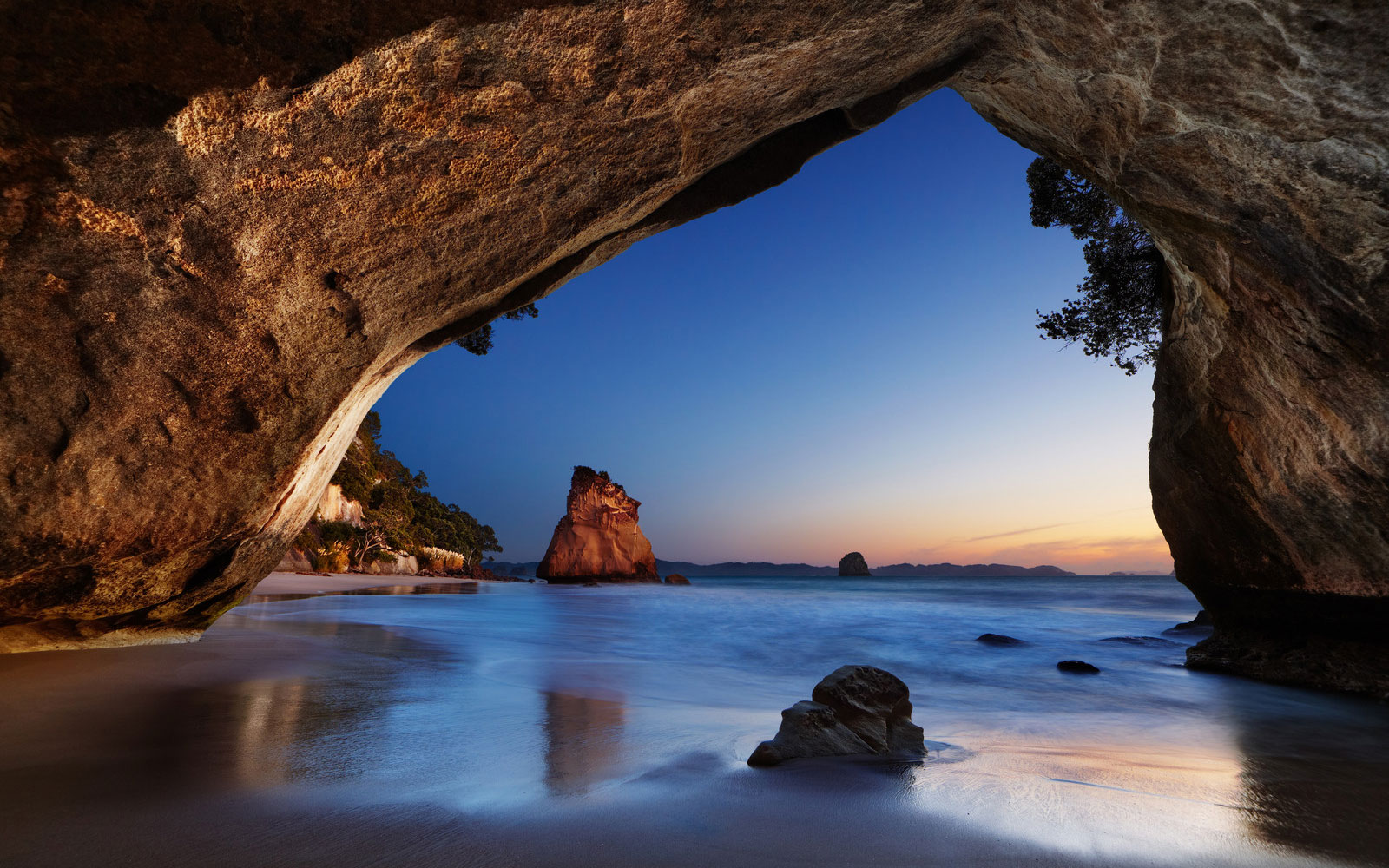
Māori culture’s island is a paradise of nature! Rugby team that grew up on Manuka honey and Haka dance! Chance to see the caves where worms are glowing and spell the world’s longest place name out loud…such a tongue-twist
Remote Island country in the South Pacific Ocean
Near to Australia -2,000 kilometres on the east across the Tasman Sea
Mountainous group of islands
Natural paradise – 30% of the country is a national reserve
Mount Cook, Milford Sound, Tongariro, Coromandel
Wellington is the capital, Auckland is the economic capital of the country
Aotearoa (means ““the land of the long white cloud”) is the Māori name for New Zealand
Kiwi bird – a national symbol;
a dry kiwi – person that was born in NZ
Hobittown – tourists place
South Island has the steepest street in the world –
Baldwin Street (slope of 19 degrees – Guinness Record)
Dunedin city is the wildlife capital –
albatross colony, sea lions, fur seals, rare penguins, etc.
17% of the country’s – native Maori
Maori culture
National rugby team
Rugby Museum in Palmerston North
Haka – a traditional war dance
Rotorua – the best place to experience Haka,
Maori performing arts
Diving (January – June)
in the northern sites of North Island,
Surfing
Unique animal species
The smallest marine dolphin – The Hector’s Dolphin, Maui dolphin
Flightless parrot – Kakapo, Kiwis,Yellow-eyed penguins,
Little blue penguins, Kereru, Tuatara, Weta
and some other
Manuka trees
Manuka honey
Kiwiana dishes
fish and chips, stuffed leg of lamb, meat pies
lolly cake, custard squares, caramel and hokey pokey tarts and more
No snakes on the Island
One of the world’s “wealthy” countries
Among the world’s least populated countries (about 4,917 million people)
Approx. size of Japan
Golf is the most popular sport to play – more golf courses than any other country regarding the
Dutch navigator Abel Tasman was the first European explorer known to sight New Zealand and named the island – “Zeeland” (means “Sealand”), which is a province in Netherlands
Colonised by Britain
First country that approved the vote for women , in 1893
For New Zealand citizen there are 10 sheep – more sheep than people
Longest place name in the world (Maori name) – on the east coast (Taumatawhakatangihangakoauauotamateaturipukakapikimaungahoronukupokaiwhenuakitanatahu)
World’s last country that was inhabited by humans – 800 years ago
Exports : meat, dairy products, fruits, vegetables, crude oil ,wood and paper
Red is taboo colour
Languages : English, Maori, New Zealand Sign Language
Good to visit: April -May (shoulder season) , June -October (winter season)
GREAT BARRIER REEF ISLANDS, Australia
348,700 km²; Peak season→ June - October
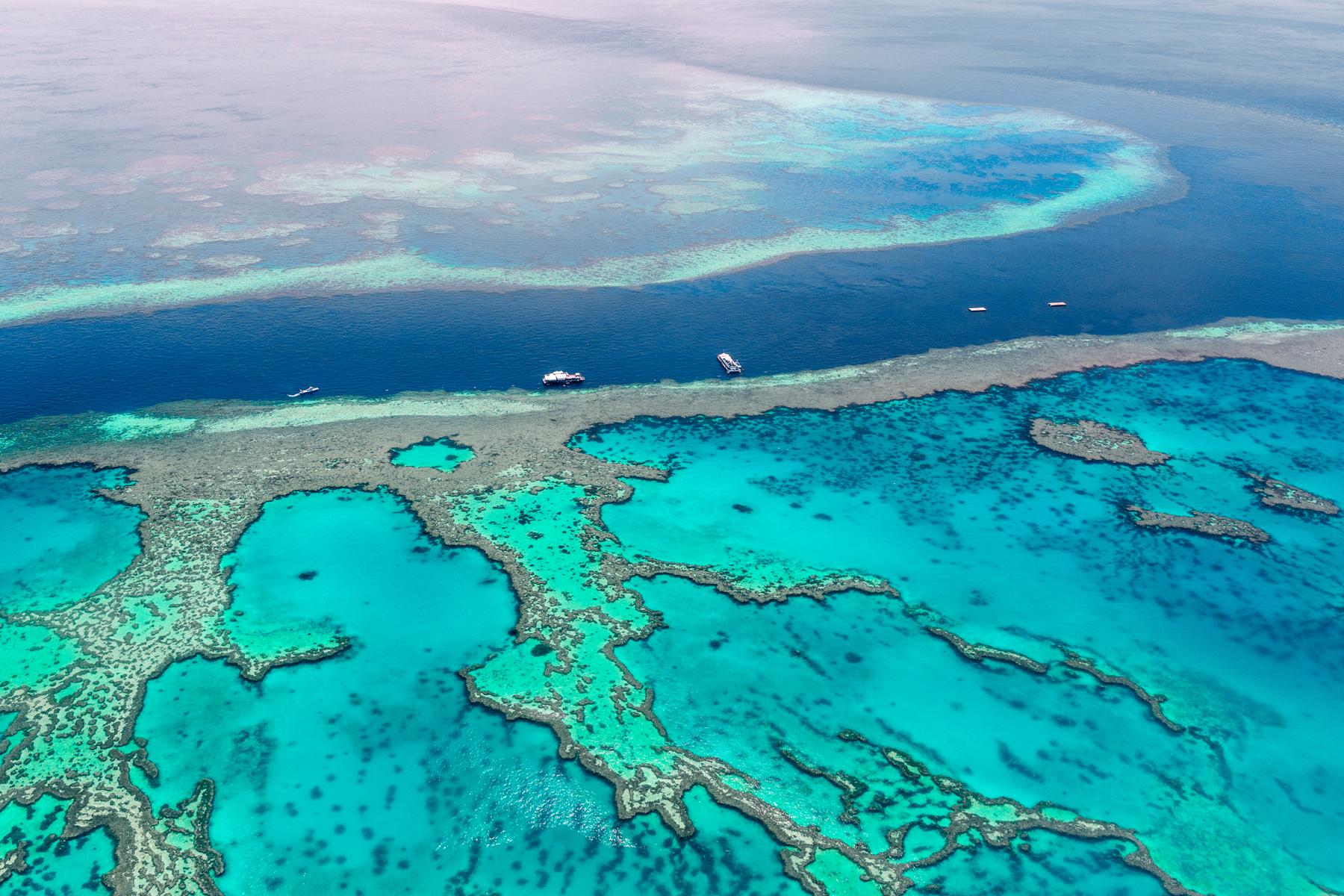
The champ of the coral reef size that is visible from outer space! Outstanding marine life of its 900 islands. What a dream place and watch out for some sky drops ..there are 200 species of birds
World’s largest coral reef system – over 2,900 individual reefs
#1 largest coral reef (2,300 km)leaving behind the Mesoamerican Barrier Reef (1,000 km) and the Florida Keys Reef Tract.
900 islands stretching for over 2,300 km
One of the world’s most complex natural ecosystems that are visible from outer space
Marine paradise -beautiful coral reefs with its more than 1000 sea inhabitants; over 15000 species of fish ,6 species of turtles, 17 species of sea snakes
Watch more than 200 species of birds
Whitehaven beach – alabaster sands that prevent heat retention
Diving, snorkelling, sailing, and air tours
Cruise from Cairns
Hamilton Island for diving, sailing, and having a good time
Wildlife Habitat Port Douglas
Hartley’s Crocodile Adventures
Townsville array of attractions
Kuranda Scenic Railway
Corals produce needed oxygen for the oceans
Corals had suffered a decline across largest reef after mass bleaching events in 2016 and 2017. Since 1995 the Great Barrier reef lost half of its corals
Its estimated in 20 years more than 70% of corals will perish as a cause of pollution, temperature rise of ocean waters, and ocean acidity
Languages: English
Good to visit: April – May and September – October
NEW GUINEA
785,753 km²; Peak season→ June -August
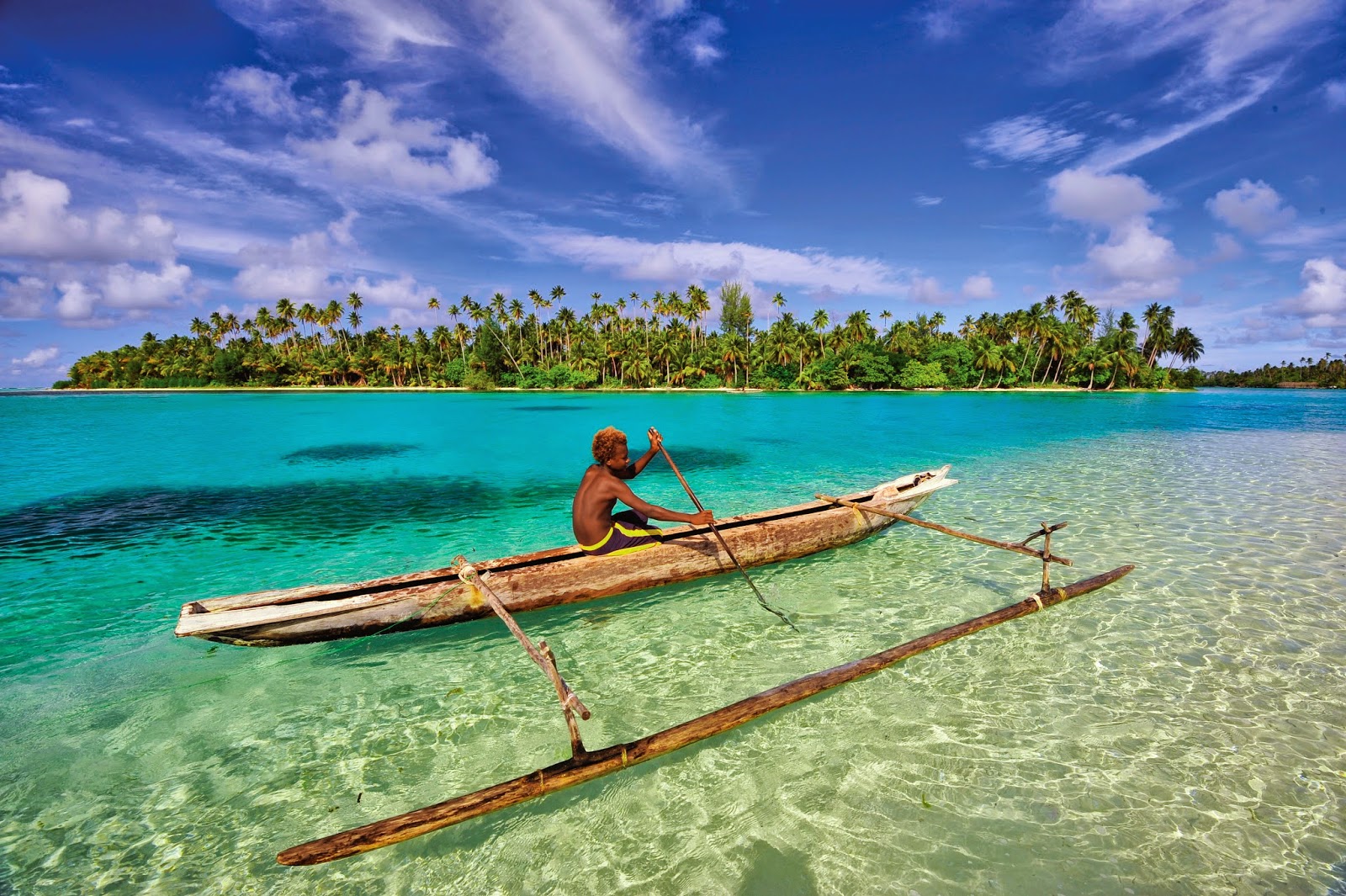
Controversial island; very welcoming and quite dangerous…an Isolated wilderness makes it even more mysterious! Remember its an island where you can set your pants on fire…
World’s second-largest island
The largest island in the Southern Hemisphere
Located in Melanesia in the southwestern Pacific Ocean
Separated from the Australian continent by the 150 km wide Torres Strait
Island divided into 2 parts – West Papua and Papua New Guinea
Ability to immerse yourself in isolated wilderness
Diverse indigenous cultures
Abundant resources
Electricity and running water are not readily available to all
Inhabitants are notoriously hospitable – welcome visitors with traditional singing and dancing as well as open up their homes for visitors
Rugged mountains – Mount Wilhelm (the country’s tallest mountain)
Iconic Kokoda Trail (7-10 days to complete)- during the WWII where over 600 Australian servicemen lost their lives
Natural lovers destination
Port Moresby Nature Park -11,000 native orchids, diverse birds, wallabies and tree kangaroos
Varirata National Park
Rabaul town – bubbling hot springs, magnificent views of Blanche Bay, diving
Cruising down the Karawari river
Karawari Lodge – accessible by air or water
Tribal fire dances
Tribal dances of Trobriand Islands’ (“The Islands of Love”) – the world’s first polyamorous community
Tufi Fjords -“Scandinavia of the Tropics”
Madang market
Meet highland tribes of Wahgi Valley
40,000 years ago was settled by the Melanesians
Part of the Ring of Fire – a zone prone to earthquakes and volcanic eruptions
Rabaul volcano – country’s most active volcano
As known for 2012 cannibalism was still practised in Papua New Guinea – cultural and ritual reasons
Often is not recommended to travel due to crime, kidnapping, natural disasters and health concerns
Languages: Tok Pisin, Hiri Motu, English
Good to visit: end-May – October



